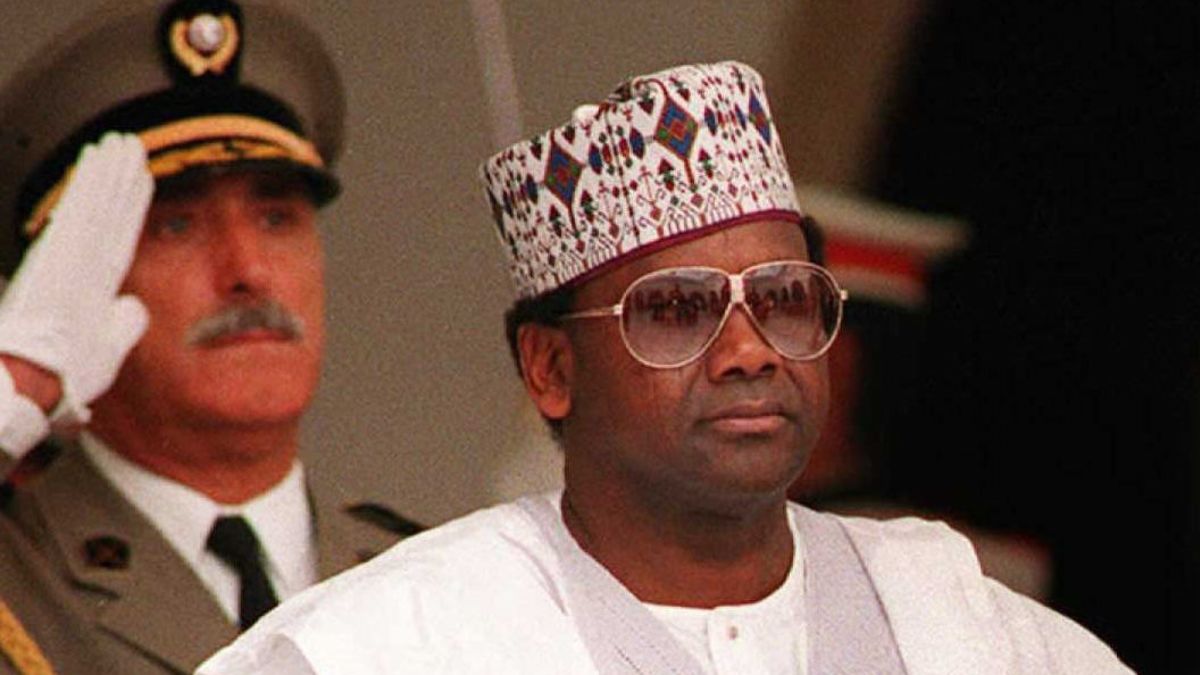LAGOS, Nigeria — Nigeria’s Minister of Aviation and Aerospace Development, Festus Keyamo, has announced an ambitious N712.25 billion project to revamp the ageing Terminal One of the Murtala Muhammed International Airport (MMIA) in Lagos, pledging that the transformation will deliver a world-class facility befitting Nigeria’s global stature.
In a detailed statement released on Sunday, August 3, 2025, Keyamo clarified that the plan approved by the Federal Executive Council (FEC) involves a complete overhaul of Terminal One and expansion of Terminal Two, with no reliance on foreign loans.
“We simply want to totally strip down that building, including the entire roof—leaving only the carcass—then re-design and build a brand-new airport for the nation to meet modern international standards,” Keyamo said, referring to Terminal One, commissioned in 1979 under the Obasanjo military government.
Terminal One, which includes Wings D and E, has long suffered from neglect and chronic overuse.
Keyamo said previous patchwork efforts to maintain the facility were no longer sufficient, given the sharp increase in passenger traffic over the decades.
In addition to the terminal revamp, the minister outlined major enhancements to Terminal Two, the newer facility initiated under President Goodluck Jonathan and completed during President Muhammadu Buhari’s tenure using a Chinese loan.
“We got approval to expand the building and the apron [aircraft parking area] to accommodate more aircraft, including wide-body jets,” Keyamo stated.
The project also includes the construction of two new independent ring roads for arrivals and departures and a new elevated bridge leading directly into the upper floor of Terminal Two’s departure lounge.
“It is a design error we intend to correct,” the minister added, referencing the cumbersome process of travellers lifting luggage via escalators due to poor access planning.
Keyamo said the design of the revamped terminals would include smart technologies to transform MMIA into a “smart airport” competitive with any global aviation hub.
Importantly, the project is being funded through the Renewed Hope Infrastructure Development Fund, a programme tied to savings from fuel subsidy removal.
“This will not be done by a loan from anywhere,” Keyamo said.
“It is one of the gains made from the removal of subsidies.”
He also pledged transparency, stating that the press, civil society, and lawmakers would be regularly invited to monitor the project’s progress.
The aviation minister announced that new terminals in Kano, Abuja, and Port Harcourt have already been completed but are currently underutilised due to low traffic—operating at less than 30% of capacity.
Keyamo said the broader infrastructure push is aimed not only at modernisation but also at realigning traffic and ensuring efficient use of existing facilities.
Amid growing public scrutiny over the N712.25 billion cost, Keyamo defended the project, urging Nigerians to compare global benchmarks.
“Google the cost of most modern airports built around the world in the last few years—including those in Africa like Angola—and you will agree with me that the Bureau for Public Procurement did a fantastic job for the nation,” he said.







